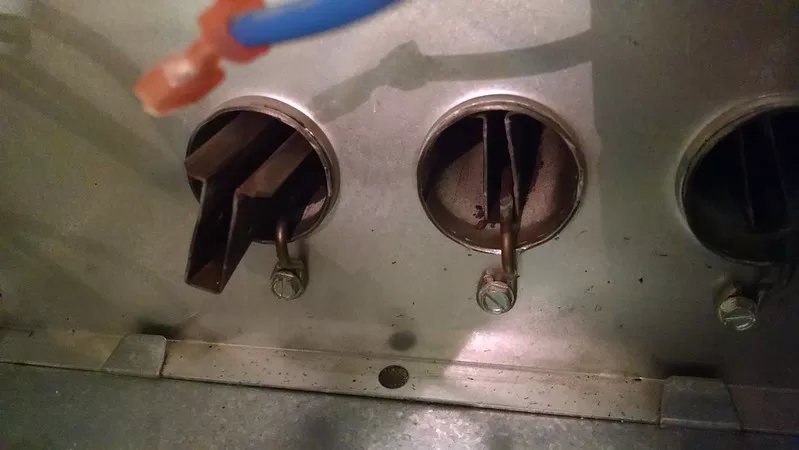As winter sets in and temperatures drop, having a functional, reliable furnace is crucial. Small issues left unaddressed can lead to a complete furnace failure, leaving you without heat.

By watching for common warning signs and performing basic DIY checks, homeowners can often catch problems early. Yet some complex furnace problems require calling in the pros. This guide covers what to watch for, simple checks you can do yourself, and when to bring in the experts.
DIY Checks: What You Can Do Before Calling the Pros
The Silent Threat: Why You Need to Pay Attention
Furnace issues don’t always announce themselves loudly. Catching problems early requires vigilance. Listen for odd noises or smells and watch for subtle changes in performance that signal issues. Here are 5 silent threats to watch for:
- Higher heating bills from inefficient operation. If your bills are spiking despite similar or lower usage, it often indicates a loss of efficiency needing service.
- Dust or dirt buildup impeding airflow and heat transfer. Lack of cleaning can clog components, reducing flow and heat output.
- Electrical shorts and gas leaks. These can cause intermittent operations, fires, or explosions if undiscovered. Always call the pros for assessment.
- Carbon monoxide leaks pose serious health risks. Faulty venting creates an odorless, lethal gas. Install detectors and act fast if alarmed.
- Cracks or damage that allow exhaust gases back into your home. Gaps can enable carbon monoxide to infiltrate living spaces.
Performing simple DIY inspection and maintenance goes a long way toward heading off these dangers.
Read Also:
When to Call for Professional Help
Signs That Indicate a Need for Professional Intervention
1. Complex issues beyond DIY solutions
Some furnace problems like major gas leaks, electrical shorts, or cracked heat exchangers require expertise to properly diagnose and repair. Attempting a do-it-yourself (DIY) approach in situations where safety is at risk can escalate the danger.
In such emergency cases, it is strongly advised to promptly reach out to a 24 hour furnace repair expert. Timely intervention not only ensures your safety but also prevents further problems that could result in more significant and costly damage.
2. Age of the furnace and potential wear-and-tear
Old or failing components can lead to intermittent operation, leaks, carbon monoxide dangers, and eventual failure. If your furnace is over 10-15 years old, it likely needs a full inspection, maintenance, and possible upgrades or replacement of components. Technicians can assess and service furnaces of any age.
Importance of Regular Furnace Maintenance
Staying ahead of problems requires an annual furnace health check. Our seasoned technicians perform detailed inspections and maintenance to keep your system running safely and efficiently.
1. Scheduling Annual Inspections
Once a year before each heating season, schedule a preventative maintenance check. Thorough cleaning and component testing adjustments can keep serious repair issues at bay.
2. Choosing a Reputable Furnace Repair Service
What makes a trustworthy furnace repair service? It usually brings down to these factors:
- Years of service in the industry or business.
- Factory-authorized dealer for all your maintenance and equipment needs.
- Licenses, insurance, and training for staff.
- 24-hour customer service and experts’ availability.
Conclusion
Safeguard your home’s heating system by remaining vigilant for common signs of trouble and conducting basic checks independently. However, when faced with emergency furnace repairs, entrust the expertise to readily accessible 24-hour service professionals.









